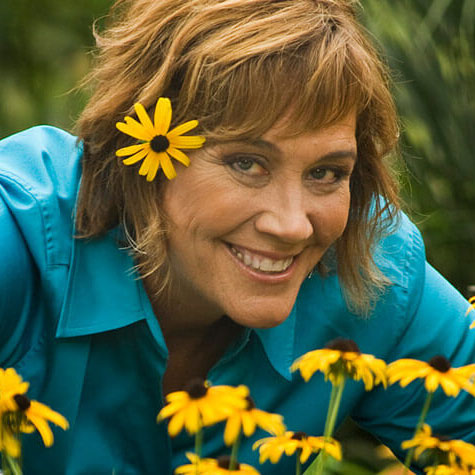
Melinda's Garden Moment Radio Tips

Melinda Myers
Nationally known gardening expert, TV/Radio host, author & columnist with over 30 years of horticulture experience and tons of gardening information to share! www.melindamyers.comMelinda's Garden Moment videos will help you create that beautiful landscape you’ve always wanted. Each week throughout the growing season, a new gardening video will be added right here, so be sure to stop back. You can also watch Melinda’s Garden Moments on your local network TV station affiliate.
Reduce crabgrass problems in your lawn and garden with a few basic lawn and garden care practices.
Crabgrass is an annual weed grass with a small fibrous root system. The wide grass blades lay flat on the ground. Each fall they release hundreds of seeds before dying.
Crabgrass thrives in hot dry weather. Reduce the problem in your lawn by mowing high and often. The taller grass shades the soil, preventing many weed seeds from sprouting. Leave clippings on the lawn and fertilize at least once, preferably in the fall, to help your lawn grass outcompete the weeds.
Pull the plants in the garden before they set seed. This will reduce the number of weeds you’ll be fighting next year. Mulch the garden with shredded leaves, evergreen needles or other organic material. The mulch will help prevent many of the weed seeds, including the crabgrass, from sprouting. It also helps keep roots cool and moist.
A bit more information: If cultural control measures have failed, you may consider the organic pre-emergent crabgrass killer made from corn gluten meal. Apply in spring about the time the forsythias are in bloom. These chemicals prevent seed germination. This means both the weed and good grass seeds will be affected. Wait until late summer or fall to reseed or overseed treated lawns. And as always be sure to read and follow label directions carefully.